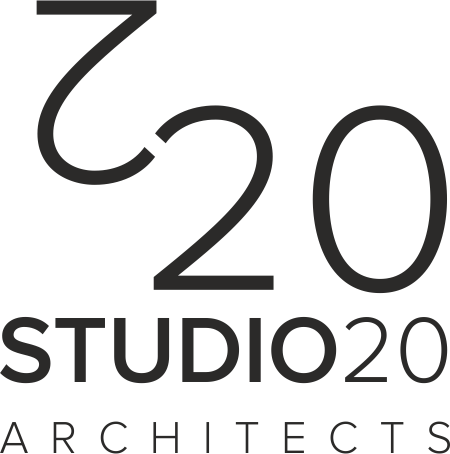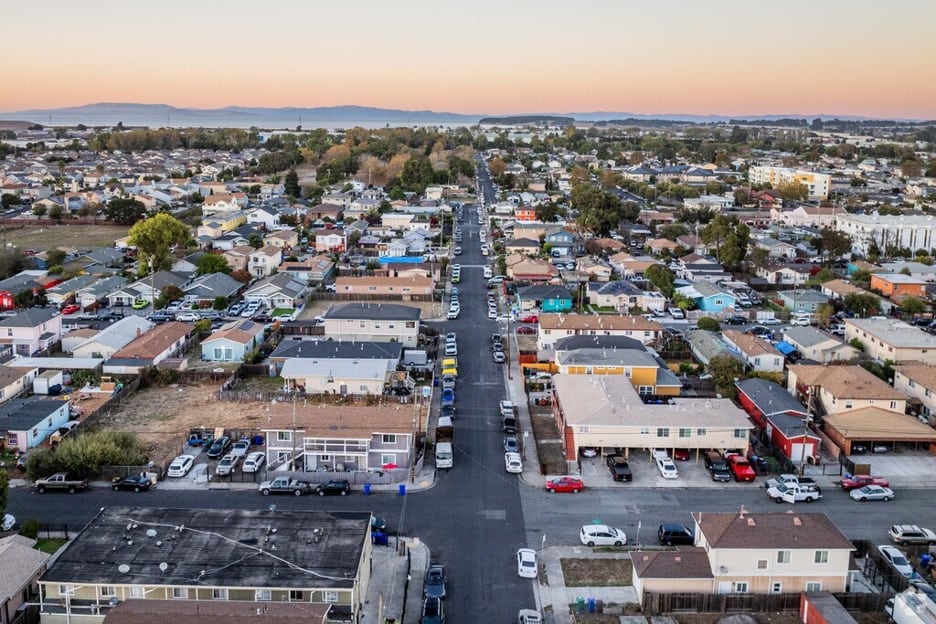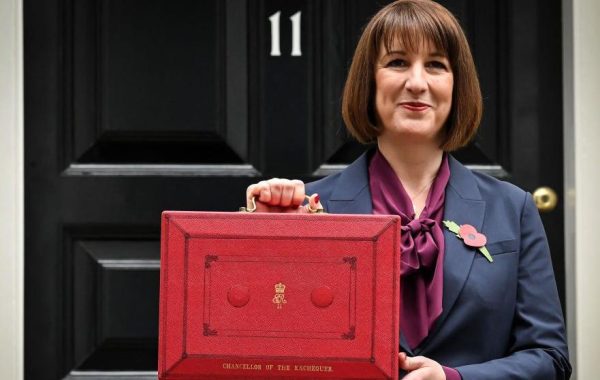A Comprehensive Guide to Richmond South Twickenham Planning Permission: Everything You Need to Know
London Richmond South Twickenham, located in the picturesque London Borough of Richmond upon Thames, is a vibrant area combining the charm of suburban living with easy access to the heart of London. As the demand for property development and renovation continues to rise, one of the most crucial aspects of undertaking any building or modification project in Richmond South Twickenham is obtaining planning permission. This guide will walk you through everything you need to know about the planning permission process in this sought-after area, including the key regulations, common types of applications, and helpful tips for ensuring your project stays on track.
What is Planning Permission?
Before diving into the specifics of Richmond South Twickenham, it’s essential to understand the concept of planning permission. Planning permission is the legal approval required from the local authority for most types of new construction, alterations, or changes to existing structures. This ensures that your project complies with zoning laws, building regulations, and environmental standards. In Richmond South Twickenham, planning permission is governed by the Richmond upon Thames Borough Council, which adheres to a set of detailed policies aimed at preserving the character of the area while promoting responsible development.
Why Is Planning Permission Important in Richmond South Twickenham?
Richmond South Twickenham is renowned for its historical architecture, leafy streets, and proximity to the River Thames, making it a highly desirable area for both homeowners and developers. However, with its rich history comes a set of specific planning constraints. Whether you are looking to extend a home, convert a property, or build a new structure, planning permission ensures that your project:
- Aligns with local architectural guidelines, maintaining the area’s distinctive character.
- Respects the environment, taking into account potential impact on green spaces and wildlife.
- Meets safety standards and ensures the building’s structural integrity.
- Avoids any legal or financial complications that could arise from unauthorized work.
Types of Planning Applications in Richmond South Twickenham
Depending on the nature of your project, there are different types of planning applications you may need to submit. Here are the most common types:
Full Planning Permission: This is the most comprehensive type of planning permission, required for major construction projects, such as new builds, large extensions, or significant changes to the exterior of a building. A full planning application typically requires detailed architectural drawings, site plans, and a supporting statement that outlines the project’s scope and how it complies with planning policies.
Householder Planning Application: If you plan to carry out minor alterations or extensions to a residential property, such as building a conservatory, loft conversion, or small extension, you may need a householder planning application. This process is usually quicker than full planning permission but still requires thorough documentation, including site surveys and elevations.
Listed Building Consent: Many properties in Richmond South Twickenham may be subject to listed building status due to their historical or architectural importance. If your property is listed, you must apply for listed building consent before making any alterations to its structure or appearance. This application is in addition to planning permission and ensures that any changes preserve the building’s historical value.
Change of Use: If you’re planning to change the purpose of a property (for example, converting a house into a commercial space or a single dwelling into multiple flats), you’ll need to apply for change of use permission. The council will assess the potential impact of the change, including traffic, noise, and the character of the surrounding area.
Permitted Development Rights: In some cases, your project may fall under permitted development rights, meaning that you don’t need full planning permission for certain types of work. This typically applies to smaller projects like minor extensions or internal renovations. However, it is important to confirm whether your property qualifies for permitted development and whether any restrictions apply.
How to Apply for Planning Permission in Richmond South Twickenham
The process for applying for planning permission in Richmond South Twickenham involves several steps:
Pre-Application Advice: Before submitting a formal application, you can contact the Richmond upon Thames Planning Department for pre-application advice. This service allows you to discuss your plans with a planning officer who will offer guidance on whether your project is likely to be approved and if any specific conditions apply.
Prepare Your Application: Once you’ve gathered all necessary information, such as architectural plans and supporting documents, you can begin preparing your application. The application form can be submitted online via the council’s planning portal. You will need to provide detailed information, including:
- A description of the proposal
- Existing and proposed site plans
- Photographs of the site
- A design and access statement (if required)
- Any necessary supporting reports (e.g., transport, environmental impact)
Consultation and Decision: After submission, your application will undergo a consultation process, which may involve notifying neighbors, local groups, or statutory consultees. The council will assess the potential impact of your proposal and decide whether it complies with planning policies and regulations. The decision typically takes around 8 to 13 weeks, depending on the complexity of the application.
Appeals Process: If your planning application is refused, you can appeal the decision. The appeal process involves submitting your case to the Planning Inspectorate, which will review the decision made by the local council. The inspector will consider all evidence and make a final ruling.
Factors to Consider When Applying for Planning Permission
While each planning application is unique, several factors must be taken into account to increase the likelihood of success:
Local Development Plan: Richmond upon Thames has a comprehensive Local Development Plan that outlines policies on land use, housing, transport, and sustainability. Ensuring your proposal aligns with this plan is key to gaining approval.
Design and Appearance: The architectural design of your proposal must be in keeping with the local character of the area. Richmond South Twickenham, in particular, is known for its charming suburban feel, so the design of your development should respect this aesthetic.
Environmental Impact: Depending on the size and location of your project, you may need to submit an environmental impact assessment to demonstrate how your development will affect the local environment. This is particularly important for projects near conservation areas or green spaces.
Transport and Parking: If your project will result in increased traffic or a higher demand for parking spaces, you may need to provide a transport assessment as part of your application. Proposals that negatively affect the flow of traffic or parking in the area are less likely to be approved.
Sustainability: Increasingly, sustainable development practices are a major factor in planning decisions. Ensure your project incorporates energy-efficient solutions, such as solar panels, green roofs, or sustainable building materials.
Conclusion
Securing planning permission in Richmond South Twickenham can seem like a complex and time-consuming process, but with careful planning, preparation, and knowledge of the local regulations, it is entirely achievable. Whether you are planning a modest home extension or a larger development, understanding the various types of applications, the required documentation, and the consultation process is crucial. By aligning your project with the area’s policies and ensuring it complements the local environment, you can increase your chances of obtaining approval and bring your vision to life. For any project, consulting with local planning professionals or experts can also provide valuable guidance to navigate the complexities of planning permission in this desirable and historical part of London.





